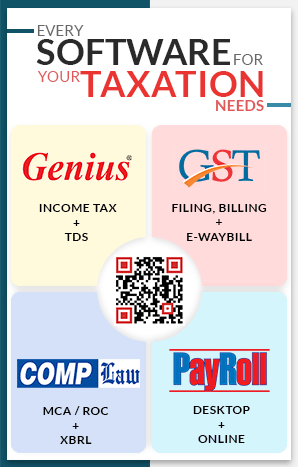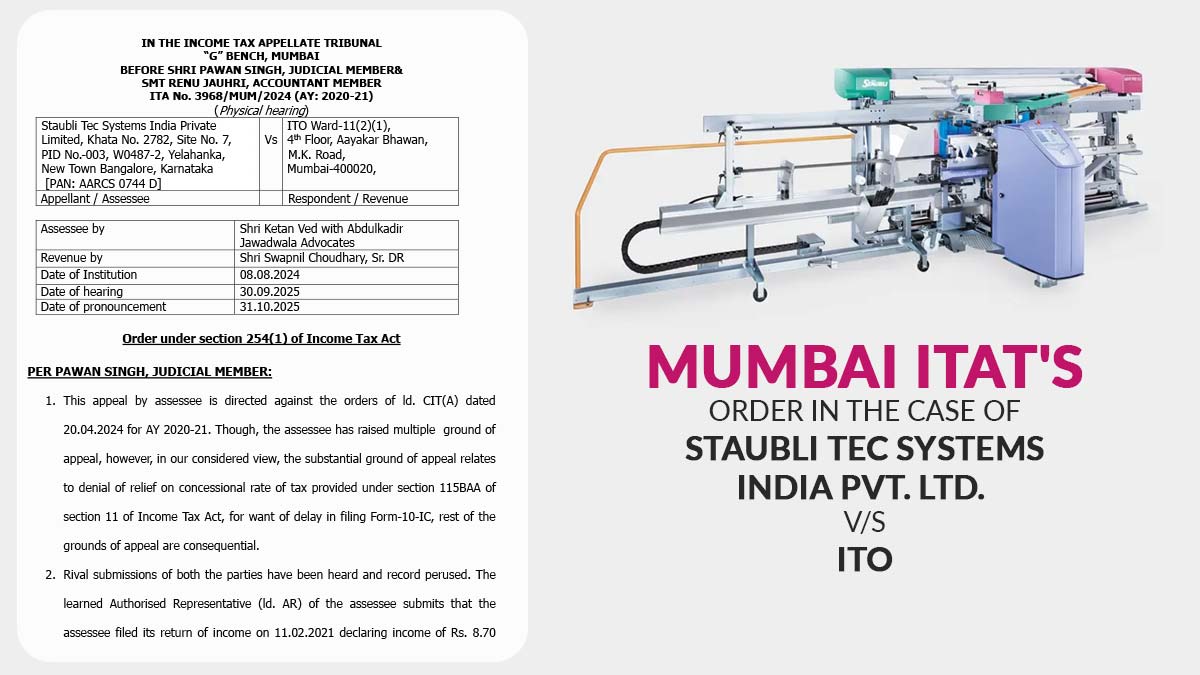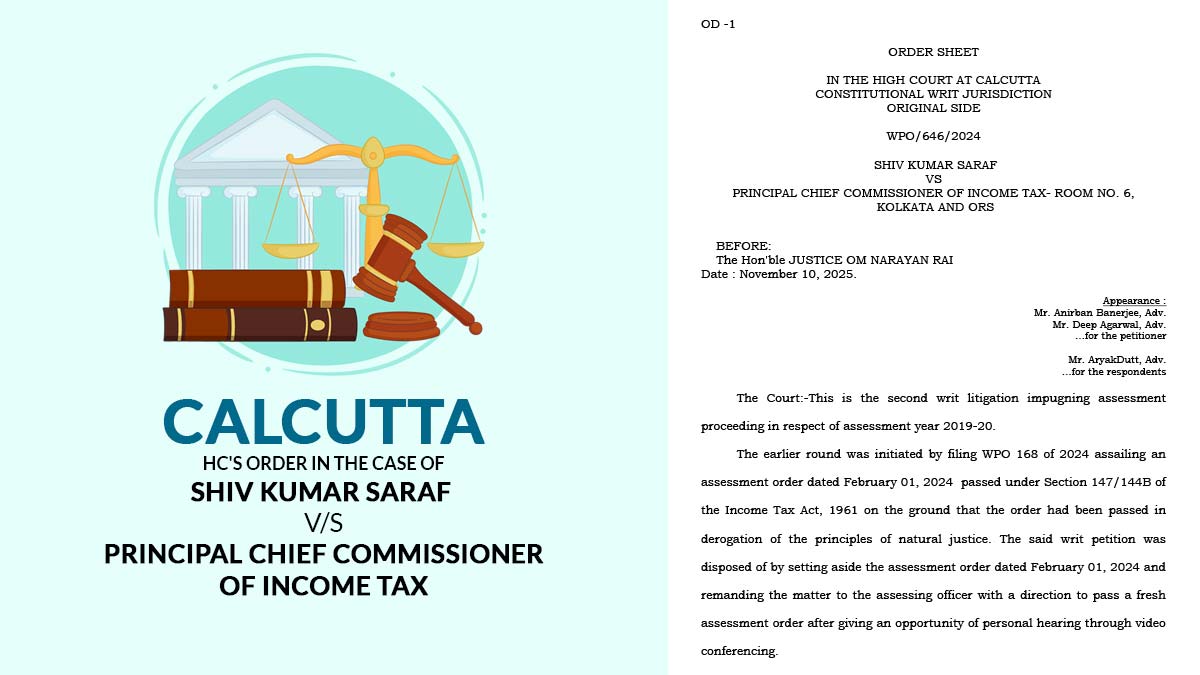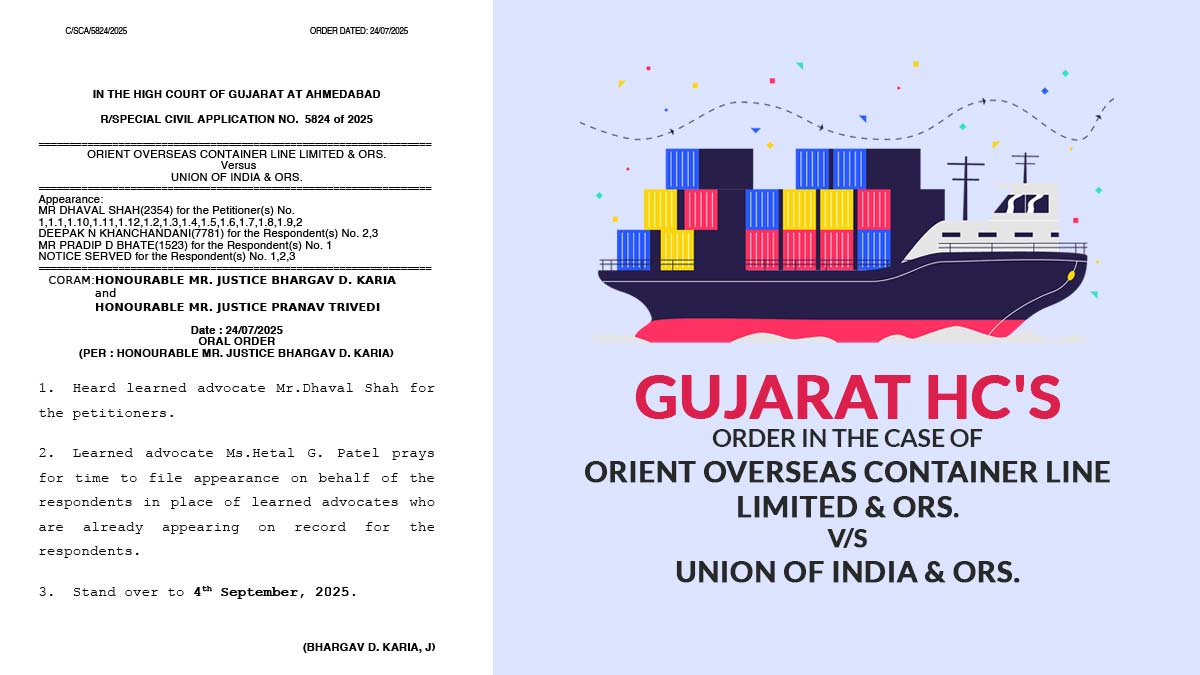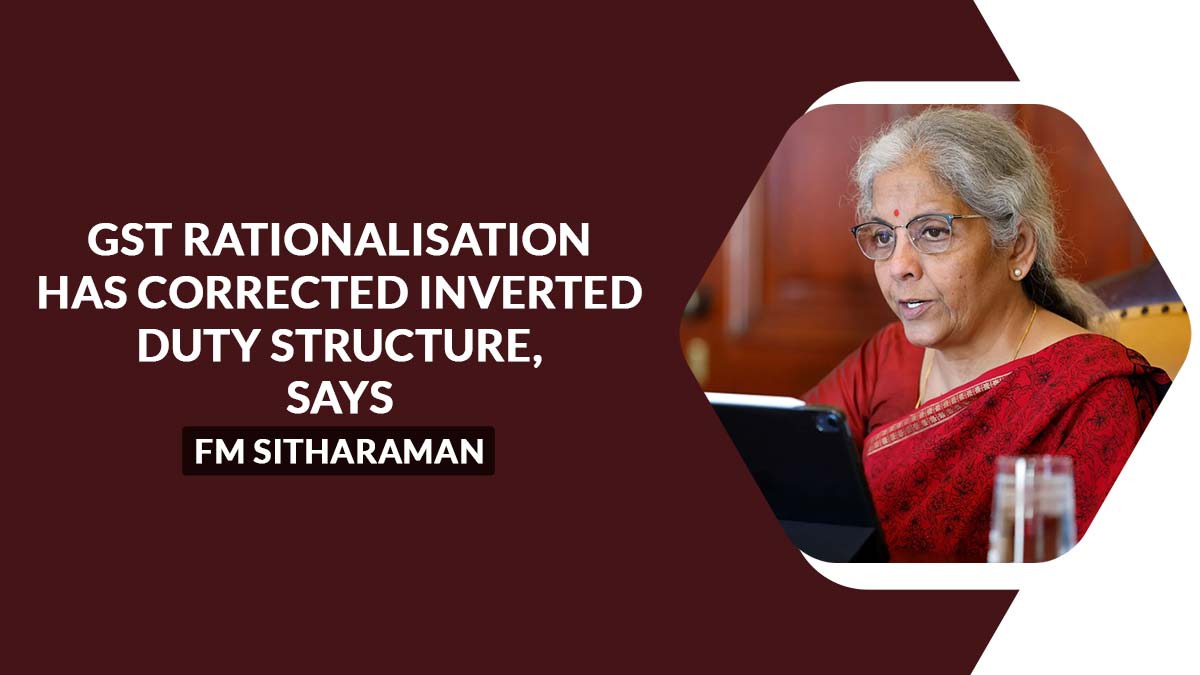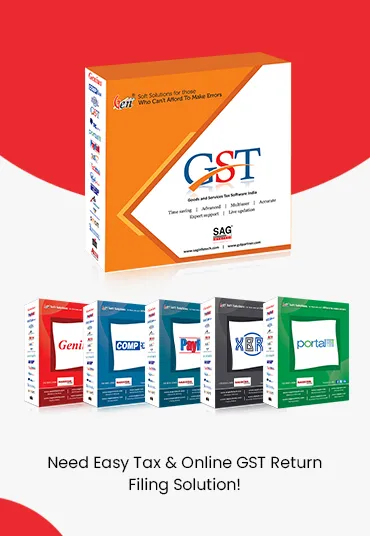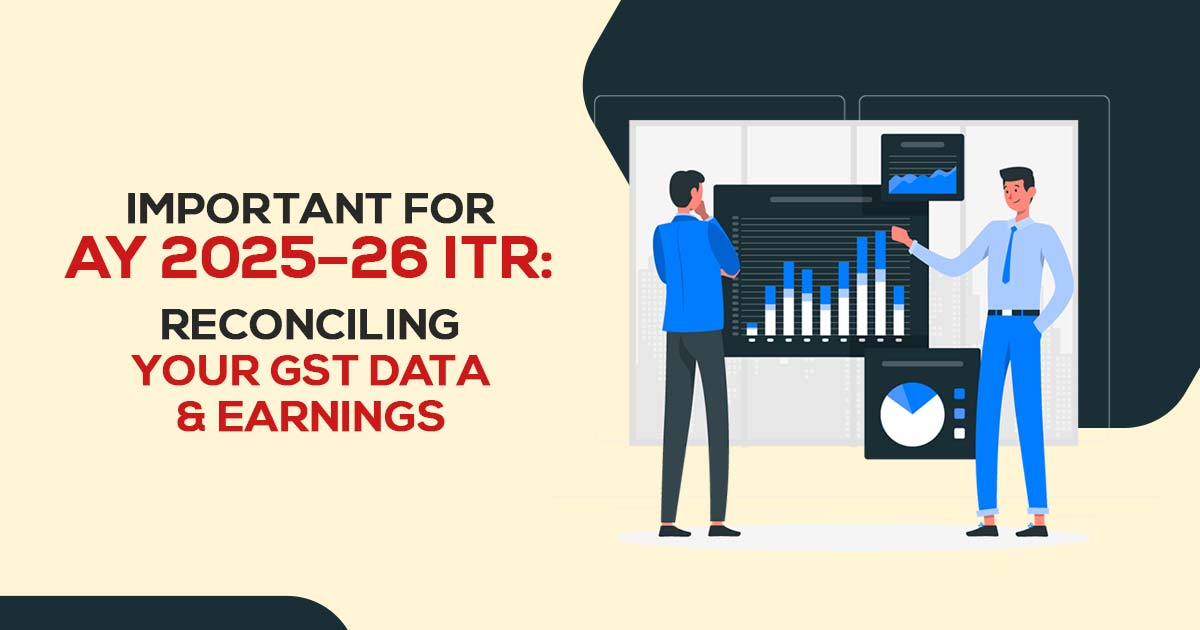
Taxpayers should be alert to the reconciliation of information under GST and Income Tax, as the ITR forms for Assessment Year 2025–26 have been notified, and filing is set to begin soon. Discrepancies may lead to queries and increased compliance costs.
A typical Goods and Services Tax (GST) assessee is required to file several monthly returns, specifically GSTR-1, GSTR-2B, and GSTR-3B, along with an annual return in the form of GSTR-9 and GSTR-9C. While these GST returns document business transactions, income tax return forms are used to report earnings.
On July 21, 2020, a revised Memorandum of Understanding (MoU) was signed between the Central Board of Direct Taxes (CBDT) and the Central Board of Indirect Taxes and Customs (CBIC). This agreement facilitates the automatic and regular sharing of data and information between the two boards. Additionally, they exchange relevant information from their respective databases either upon request or proactively, as deemed beneficial by each organisation.
This collaborative arrangement highlights the importance of vigilance and thoroughness on the part of the assessee, who should be aware of the interconnected nature of their reporting obligations and the implications of shared data.
A tax expert highlights that the Goods and Services Tax (GST) system is designed with the expectation that all outward and inward supplies recorded in a business’s accounts will accurately mirror each other throughout a series of returns (GSTR-1 → 2B → 3B → 9/9C) and databases, such as e-invoice IRP and E-way bill, as well as Form 26AS.
Any discrepancy within this digital framework can trigger automated alerts. For instance, a mid-sized distributor typically processes between 100 to 150 B2B invoices each month, and each invoice must undergo at least two matching processes before the associated credit can be claimed.
Additionally, while GST returns are stored in the GST Network (GSTN), Form 26AS is derived from the income tax records related to Tax Deducted at Source (TDS) and Tax Collected at Source (TCS).
For example, sales outcomes in 2% TDS are visible to the taxman even when the invoice never attained GSTR-1. For securing TDS/TCS credits, matching the two statements becomes obligatory, which ensures cross-platform consistency as AIS (Annual Information Statement) expands to contain more GST-linked data.
For the past few years, reporting and reconciling the GST turnover with the income tax filings has been a part of ITR forms, technology has revised the information capturing and data analytics, which consequences in perfect compliance, though that can also add cost.
Higher compliance costs need to be faced by the small businesses to elaborate the genuine differences that may otherwise emerge due to the technical issues, and may not require indications of tax evasion.
timing mismatches, high-sea sales, exempt income, or accounting treatment might be the reasons for the differences. Therefore, the taxpayer suffers unintended results and witnesses a surge in questions in the tax assessments.
Guidelines required to be added by the government for both the tax officers and taxpayers may specify the reasonable limits for the minor mismatches and provide illustrations to assist in comprehending the acceptable variances.
Taxpayers must be careful while submitting the ITR for the reconciliation of the receipts from the business/profession specified in the ITR with GST returns and Form 26AS, since these differences will be detected during return processing. Queries might be raised by the tax authorities or select the income return for scrutiny assessment as per the risk parameters.
For the AY 2025-26(AY26), all the ITR forms have been notified and have started to be filed shortly. Taxpayers should learn about the reconciliation of data under GST and Income Tax. They ensured the prevention of the outcomes of queries and higher compliance costs in the event of any discrepancy.



